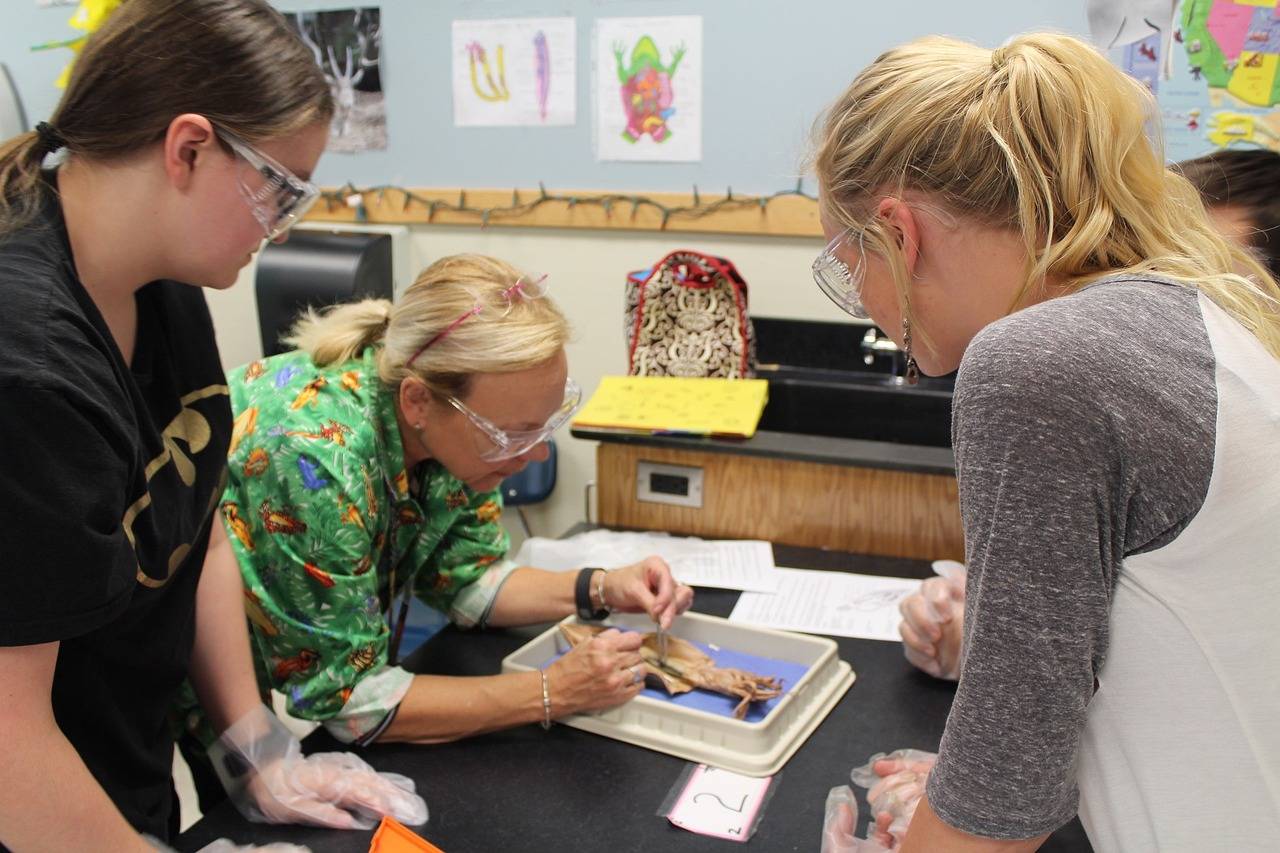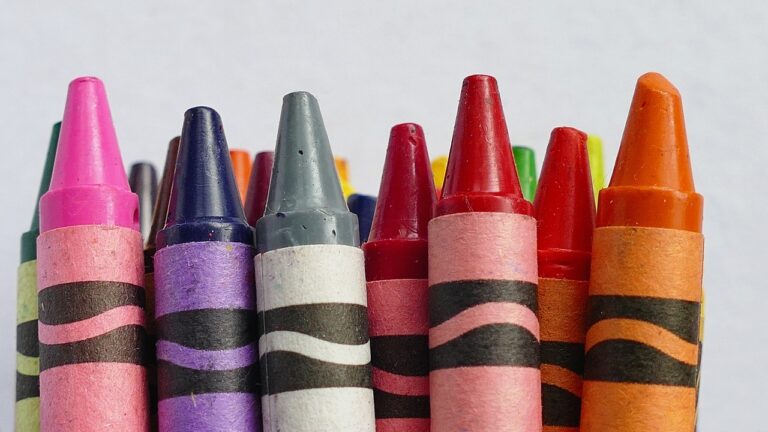Exploring Culturally Responsive Curriculum Materials
Culturally responsive curriculum incorporates diverse perspectives and experiences to provide a comprehensive learning environment for all students. By infusing various cultural elements into the curriculum, educators can enhance students’ understanding of different worldviews and foster a sense of inclusivity within the classroom. This approach helps students see themselves reflected in the materials they study, promoting a sense of belonging and validation of their heritage and identity.
In addition to incorporating diverse cultural perspectives, a culturally responsive curriculum also emphasizes the importance of critical reflection and analysis. Students are encouraged to think critically about the information presented to them, interrogating biases and stereotypes that may be perpetuated in traditional educational materials. By engaging in meaningful discussions and activities that challenge their assumptions, students develop a deeper understanding of the complexities of culture and society, ultimately leading to a more enriched and inclusive learning experience.
Understanding the Importance of Diversity in Educational Materials
Diversity in educational materials plays a crucial role in creating inclusive learning environments that cater to the unique backgrounds and experiences of all students. When students see themselves reflected in the curriculum, it enhances their sense of belonging and validates their identities. Additionally, exposure to diverse perspectives helps broaden students’ understanding of the world and encourages critical thinking skills.
By incorporating materials from a variety of cultural backgrounds, educators can empower students to develop a deeper appreciation for diversity and cultivate empathy towards others. This inclusive approach not only fosters a more equitable educational experience but also prepares students to thrive in a multicultural society. Embracing diversity in educational materials is not just a pedagogical necessity but a moral imperative in ensuring that all students feel valued and respected in the learning environment.
Why is it important to incorporate diversity in educational materials?
Incorporating diversity in educational materials helps to promote inclusion, representation, and understanding of different cultures, backgrounds, and perspectives within the classroom. It also helps to engage students from diverse backgrounds and make learning more relevant and meaningful for all students.
What are some examples of diverse educational materials?
Diverse educational materials can include books, videos, websites, and other resources that feature characters, stories, and experiences from a variety of cultures, ethnicities, religions, and backgrounds. These materials can also incorporate diverse perspectives on history, social issues, and current events.
How can teachers create a culturally responsive curriculum?
Teachers can create a culturally responsive curriculum by incorporating diverse perspectives, experiences, and voices into their lessons and activities. This can involve selecting a variety of materials that reflect the diversity of their students and the world around them, as well as adapting their teaching methods to meet the needs and interests of all learners.
What are the benefits of using diverse educational materials?
Using diverse educational materials can help to foster a more inclusive and equitable learning environment, where all students feel valued and represented. It can also help to challenge stereotypes, promote empathy and understanding, and prepare students to be global citizens in an increasingly diverse world.





